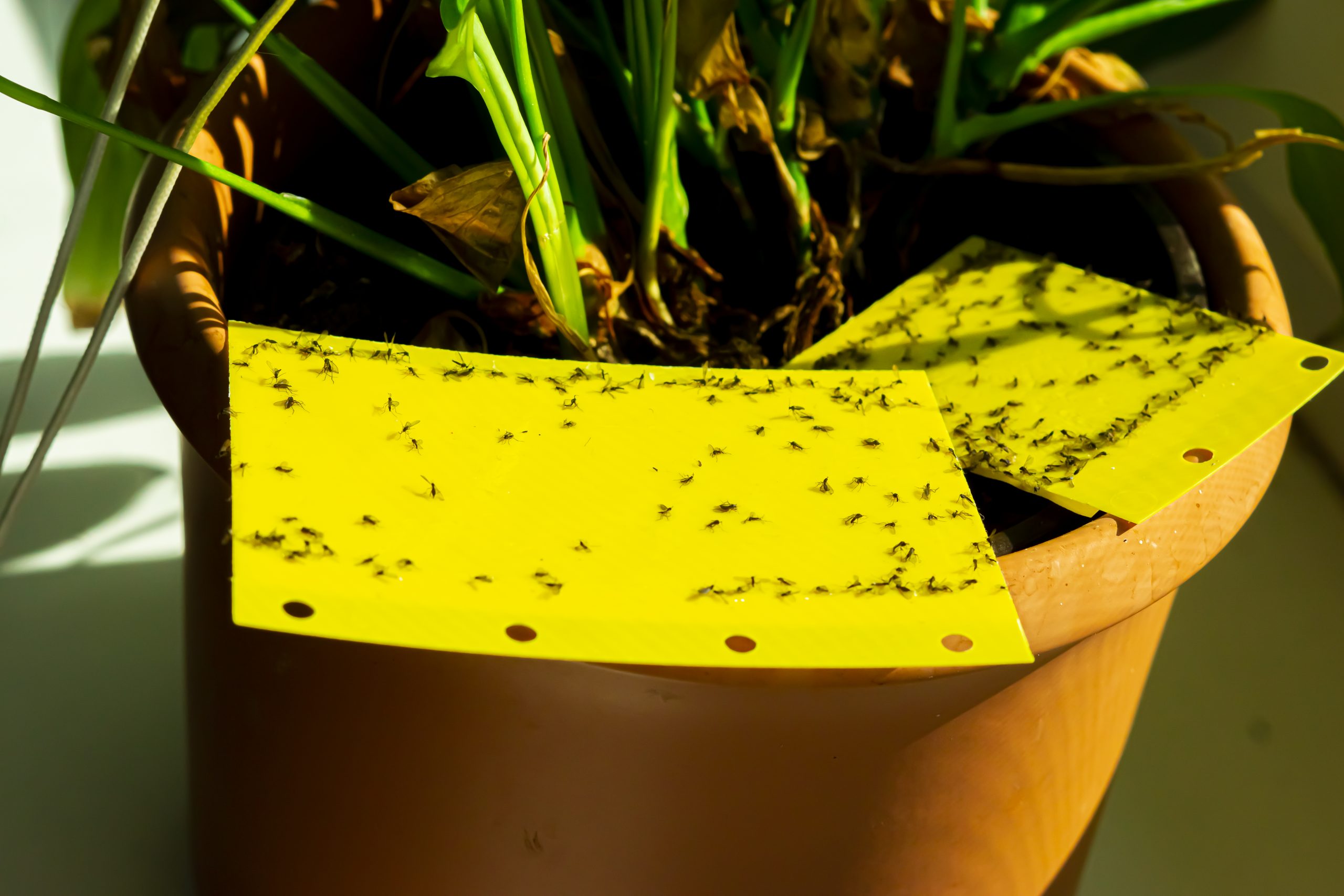Are pesky gnats invading your beloved indoor plants? You’re not alone in this fight! Gnats can be a real nuisance, not only to you but also to the health of your plants. Understanding how to get rid of gnats on plants is essential for maintaining a thriving indoor garden. These tiny flies are attracted to damp soil and decaying organic matter, making houseplants a prime target. But fear not; there are numerous effective strategies to reclaim your plants from these uninvited guests.
Addressing a gnat infestation can be daunting, but with the right approach, you can restore your plants to their former glory. The key is to tackle the problem from multiple angles: eliminating the larvae in the soil, preventing adult flies from laying eggs, and maintaining an environment that discourages gnats. By following a few simple steps and employing natural remedies, you can effectively banish gnats and ensure your plants flourish.
In this article, we will guide you through the process of getting rid of gnats on plants, providing practical tips and tricks that you can easily implement at home. Whether you’re a seasoned plant parent or just starting your indoor garden, the knowledge you gain here will help you maintain a healthy and gnat-free environment for your plants.
What Causes Gnats to Infest Plants?
Understanding the root cause of gnat infestations is crucial for effective treatment. Gnats are primarily attracted to moist environments, making overwatered plants a perfect breeding ground. They thrive in the top layer of soil where organic matter decomposes and creates a comfortable habitat for their larvae. Here are some common causes of gnat infestations in plants:
- Overwatering: Excess moisture in the soil
- Decaying plant material: Dead leaves or roots
- Poor drainage: Soil that retains too much water
Can You Prevent Gnats on Plants?
Yes, prevention is always better than cure! By taking a few proactive measures, you can significantly reduce the likelihood of gnats invading your plants. Here are some effective prevention tips:
- Watering practices: Allow the top inch of soil to dry out before watering again.
- Soil quality: Use well-draining potting mix to prevent excess moisture.
- Regular cleaning: Remove dead leaves and debris that might attract gnats.
How to Identify Gnats on Plants?
Before you can effectively eliminate gnats, it’s essential to identify them. Here are some signs that you might have a gnat problem:
- Adult gnats flying around your plants, especially near the soil.
- Larvae visible in the top layer of soil, resembling tiny white worms.
- Plants showing signs of stress, such as yellowing leaves or wilting.
How to Get Rid of Gnats on Plants Naturally?
There are several natural methods to combat gnats on plants that are safe for both you and your plants. Here are some effective remedies:
- Apple Cider Vinegar Trap: Fill a small bowl with apple cider vinegar and cover it with plastic wrap. Poke small holes in the wrap to attract gnats.
- Neem Oil: Mix neem oil with water and spray it on the soil and leaves. This natural insecticide disrupts the life cycle of gnats.
- Hydrogen Peroxide: Dilute hydrogen peroxide with water and use it to water your plants. This will kill larvae in the soil.
What Chemical Solutions Are Available for Gnats?
If natural remedies aren’t effective, you may consider chemical solutions. However, it’s crucial to use them responsibly to avoid harming your plants or pets. Some chemical solutions include:
- Insecticidal soap: A safe option that targets adult gnats.
- Pesticide sprays: Use sparingly and follow instructions carefully.
- Granular insecticides: Apply to the soil to kill larvae.
How to Maintain a Gnat-Free Environment?
After successfully getting rid of gnats, it’s important to maintain a gnat-free environment. Regular care and attention can go a long way:
- Monitor moisture levels: Check soil moisture before watering.
- Repot plants: If infestations persist, consider repotting with fresh soil.
- Use sticky traps: Place yellow sticky traps near plants to catch adult gnats.
Are There Any Other Gnat Prevention Tips?
Absolutely! Here are additional strategies to keep gnats at bay:
- Introduce beneficial insects: Predatory insects like nematodes can help control gnat populations.
- Use a fan: Air circulation can deter gnats from settling on your plants.
- Regular inspections: Check your plants regularly for signs of infestation.
By understanding how to get rid of gnats on plants and implementing these strategies, you can enjoy a healthy and thriving indoor garden free from these pesky pests. Remember, consistency is key! With the right care, you’ll be able to maintain a gnat-free environment and ensure your plants flourish for years to come.
Unveiling The Legacy Of Band Of Brothers Major Horton
Discovering Walmart Port Angeles: Your Ultimate Shopping Destination
Exploring The Hilarity And Creativity Of D&D Memes


